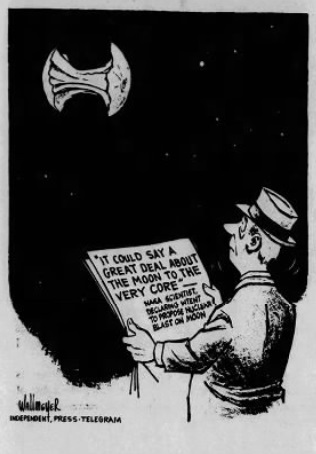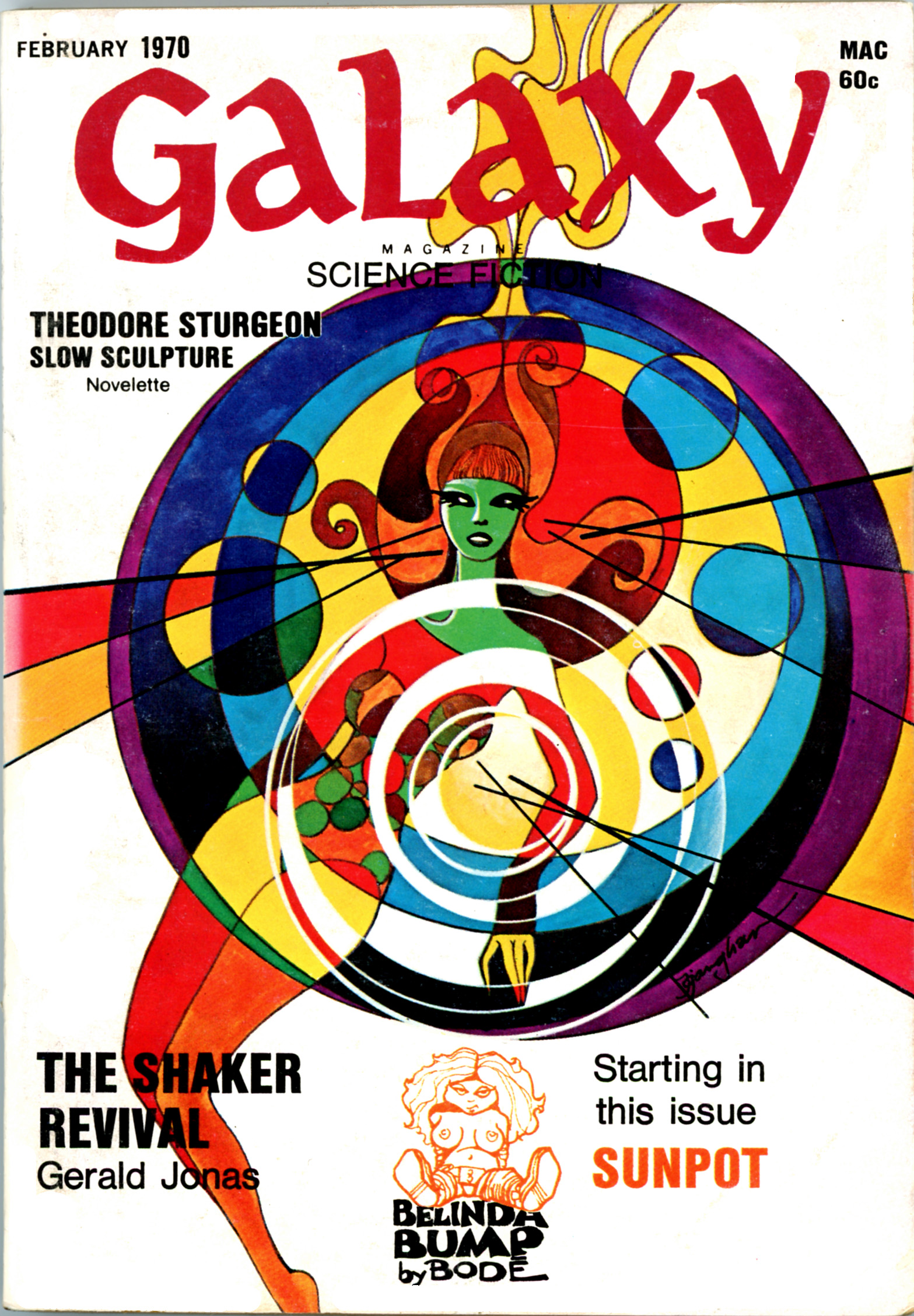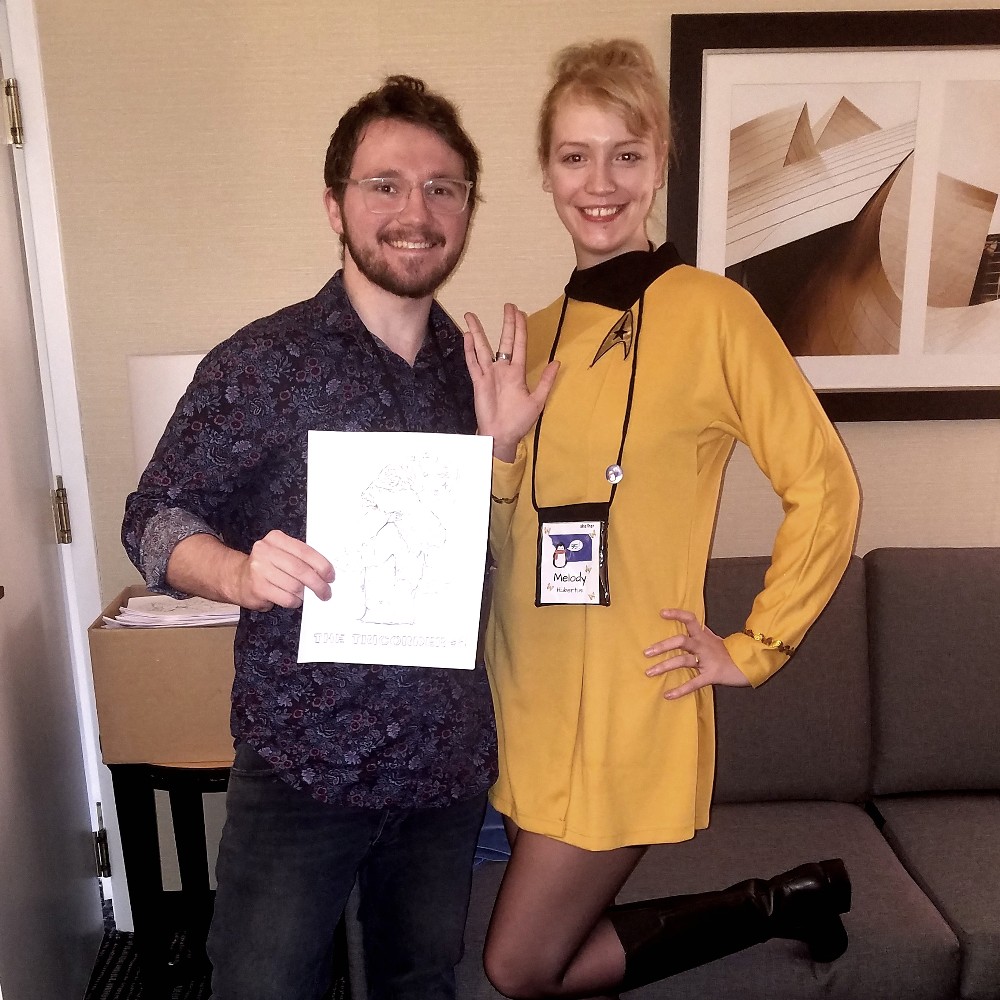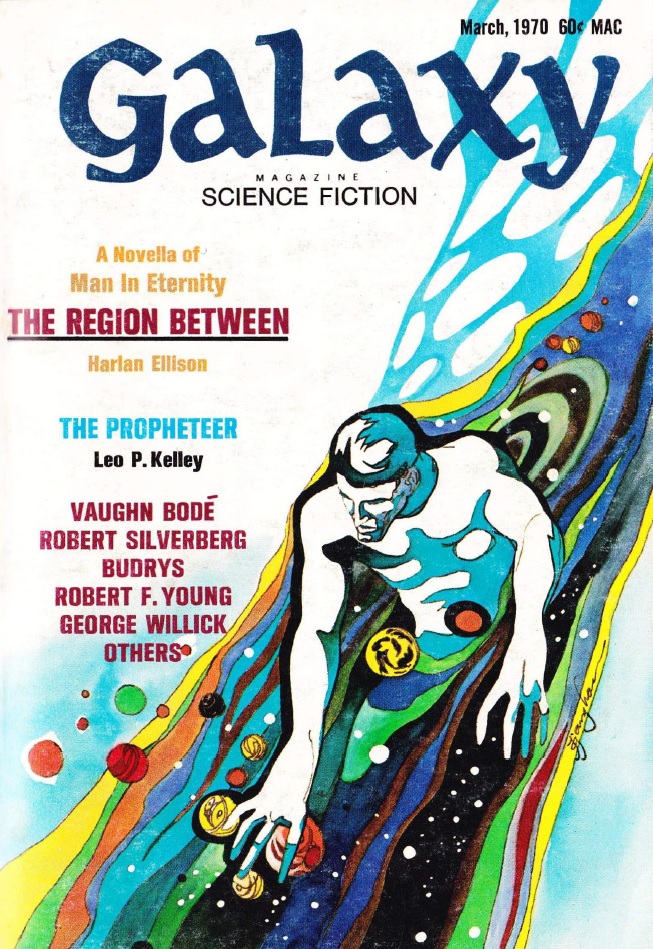[New to the Journey? Read this for a brief introduction!]

by Gideon Marcus
A little off the top
And so it begins. For eight years, NASA enjoyed an open budget spigot and, through persistence and endless shoveling of money (though a fraction of what's spent on defense, mind you), got us to the Moon. Now the tap has been cut to a trickle, and the first casualties are being announced.

Apollo manager George Low at a press conference on the 4th
Of the 190,000 people employed at the space agency, a whopping 50,000 are going to get the axe before the end of the year. Saturn V production is being halted. Lunar missions are going down to a twice-per-year cadence (as opposed to the six in thirteen months we had recently).
Apollo 20, originally scheduled to land in Tycho crater in December 1972, has been canceled. Astronauts Don Lind, Jack Lousma, and Stuart Roosa now get to cool their heels indefinitely. Apollos 13-16 will go up over the next two years followed by "Skylab", a small orbital space station built from Saturn parts. Then we'll get the last three Apollo missions.
After that… who knows? If only the Soviets had given us more competition…
Oh, and in the silly season department:

On the 6th, Columbia University's Dr. Gary V. Latham, seismologist and principal seismic investigator for Apollo program, withdrew his proposal that an atomic bomb be detonated on the Moon. You'll recall Apollo 12 sent the top half of Intrepid into the lunar surface so the seismometers Conrad and Bean had emplaced could listen to the echoes and learn about the Moon's interior.
Latham got some pretty harsh criticism of his idea, so he dialed things back, suggesting NASA should find way to hit the Moon hard enough to create strong internal reverberations. Let's hope they don't use Apollo 13…
A sampling from the upper percentiles
The news may be dour on the space front, but the latest issue of Galaxy is, in contrast, most encouraging!

by Jack Gaughan, illustrating "Slow Sculpture"
Continue reading [January 8, 1970] Slow Sculpture, Fast reading (the February 1970 Galaxy Science Fiction) →




![[April 10, 1970] A Style in Treason (May 1970 <i>Galaxy</i>)](https://galacticjourney.org/wp-content/uploads/2025/04/700410galaxycover-651x372.jpg)




![[February 8, 1970] Boldly going to the Region Between (March 1970 <i>Galaxy</i>)](https://galacticjourney.org/wp-content/uploads/2025/02/700208galaxycover-653x372.jpg)





![[January 8, 1970] Slow Sculpture, Fast reading (the February 1970 <i>Galaxy Science Fiction</i>)](https://galacticjourney.org/wp-content/uploads/2025/01/700108galaxycover-672x372.jpg)


